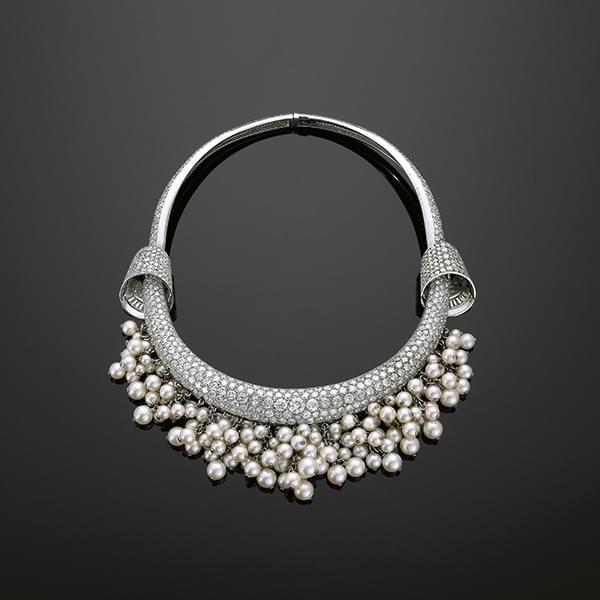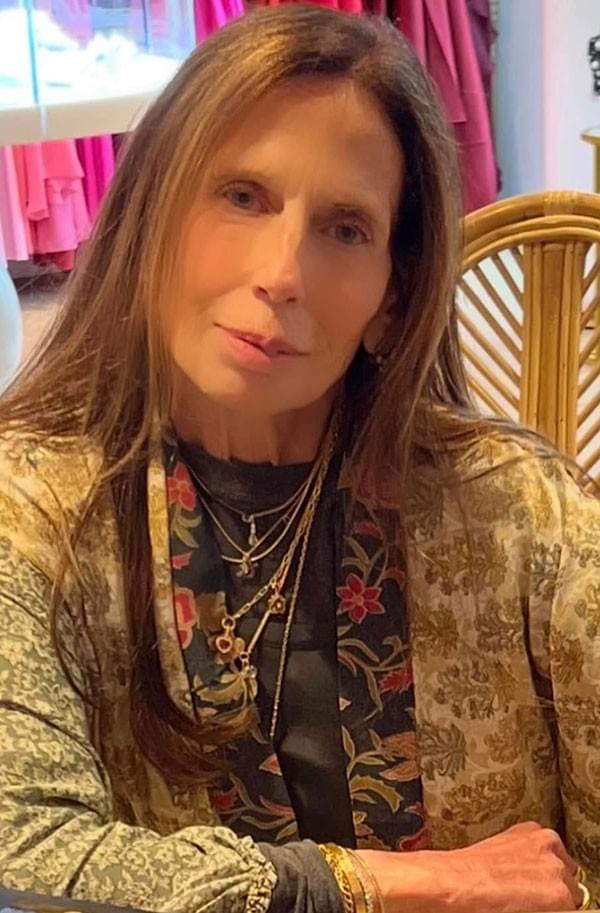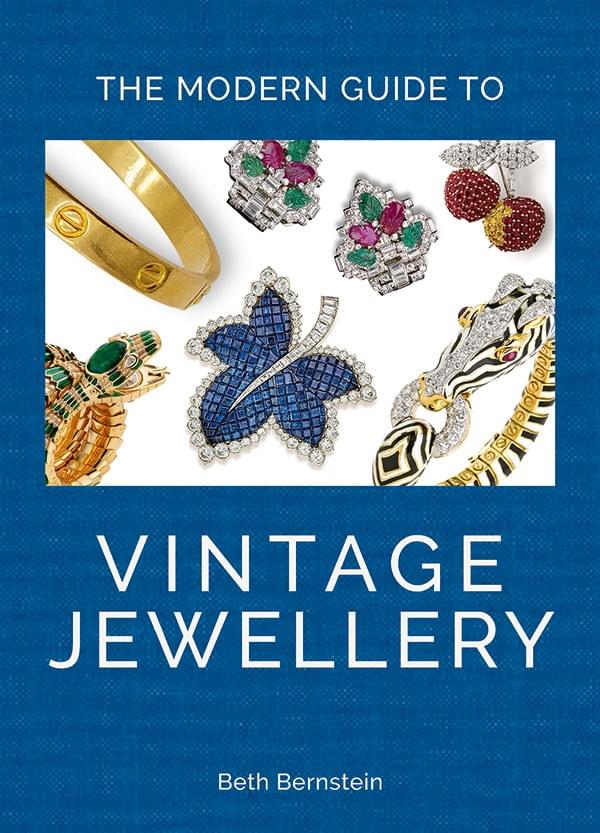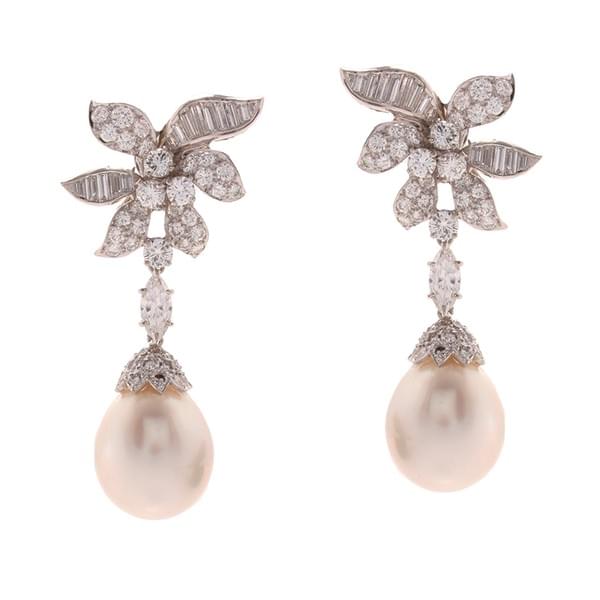
While researching her upcoming book The Modern Guide to Vintage Jewellery (ACC Art Books, Oct. 28), jewelry historian Beth Bernstein uncovered a cyclical truth about pearls: they have been in and out of style for nearly a century. What was once dismissed as preppy or “grandmother jewelry” is now reemerging as one of the most powerful statements in contemporary fashion—thanks, in large part, to Gen Z’s obsession with vintage luxury.

Beth Bernstein
“Twenty years ago, pearls were considered dated,” Bernstein tells JCK. “By 2008, avant-garde designers like Lene Vibe were experimenting with pearls in unexpected ways, but they weren’t fully embraced. Today, everyone is working with them again. The last time pearls were universally seen as beautiful was in the ’50s, ’60s, and ’70s—before disco.”

Her new book, which she describes as a companion to her earlier Modern Guide to Antique Jewellery, traces how jewelry houses adapted through wartime shortages, postwar optimism, suburban cocktail culture, and Hollywood glamour.
Pearls in the 1940s–1950s
During World War II, scarcity of precious materials meant fewer pearls in circulation, with jewelers instead relying on yellow and tricolor gold, often mixed with synthetic or semiprecious stones. But by the 1950s, as the world recovered, pearls reemerged in force. They became synonymous with suburban prosperity, cocktail parties, and romance—charm bracelets reflected domestic life while pearl necklaces symbolized elegance.

Pearl and diamond earrings by David Webb, The Modern Guide To Vintage Jewellery (photo courtesy of ACC Artbooks 2025)
Pearls also became icons of Hollywood femininity. Grace Kelly, Audrey Hepburn in Breakfast at Tiffany’s, and Jackie Kennedy each turned pearls into cultural shorthand for sophistication. Their influence helped embed pearls into the identity of mid-century jewelry.
Pearls in the 1960s–1980s
Through the ’60s and ’70s, designers like David Webb and Verdura kept pearls firmly in the high-jewelry conversation. Yet by the 1980s, the career woman’s jewelry wardrobe shifted toward bold, architectural gold chokers from Bulgari, Paloma Picasso, and Marina B. In the era of Armani power suits, pearls faded from the spotlight.
Pearls in the 1990s–Today
The 1990s saw pearls enjoy a pop-culture revival when the film Tin Cup popularized pearl station necklaces. But today’s renaissance is more radical: pearls have broken free of their gendered stereotypes. Worn by men, women, and nonbinary style leaders alike, pearls are no longer just “classic”—they are subversive, vintage-inspired, and deeply modern.
Bernstein believes this enduring comeback is rooted in a return to history. “Modern jewelers are looking to vintage jewelry for inspiration,” she says. “And when you look back, you always find pearls.”
In other words, pearls aren’t just a trend—they’re a pendulum, swinging between dormancy and desirability but always finding their way back. With Gen Z’s embrace of secondhand jewelry, lab-grown pearls, and vintage-inspired aesthetics, the next chapter in the pearl story may be its most exciting yet.
Want to explore more about how jewelry trends evolve from vintage icons to Gen Z favorites? Dive into the AIDI Jewelry Guide and uncover insights that help you understand the past while shaping the future of jewelry.
